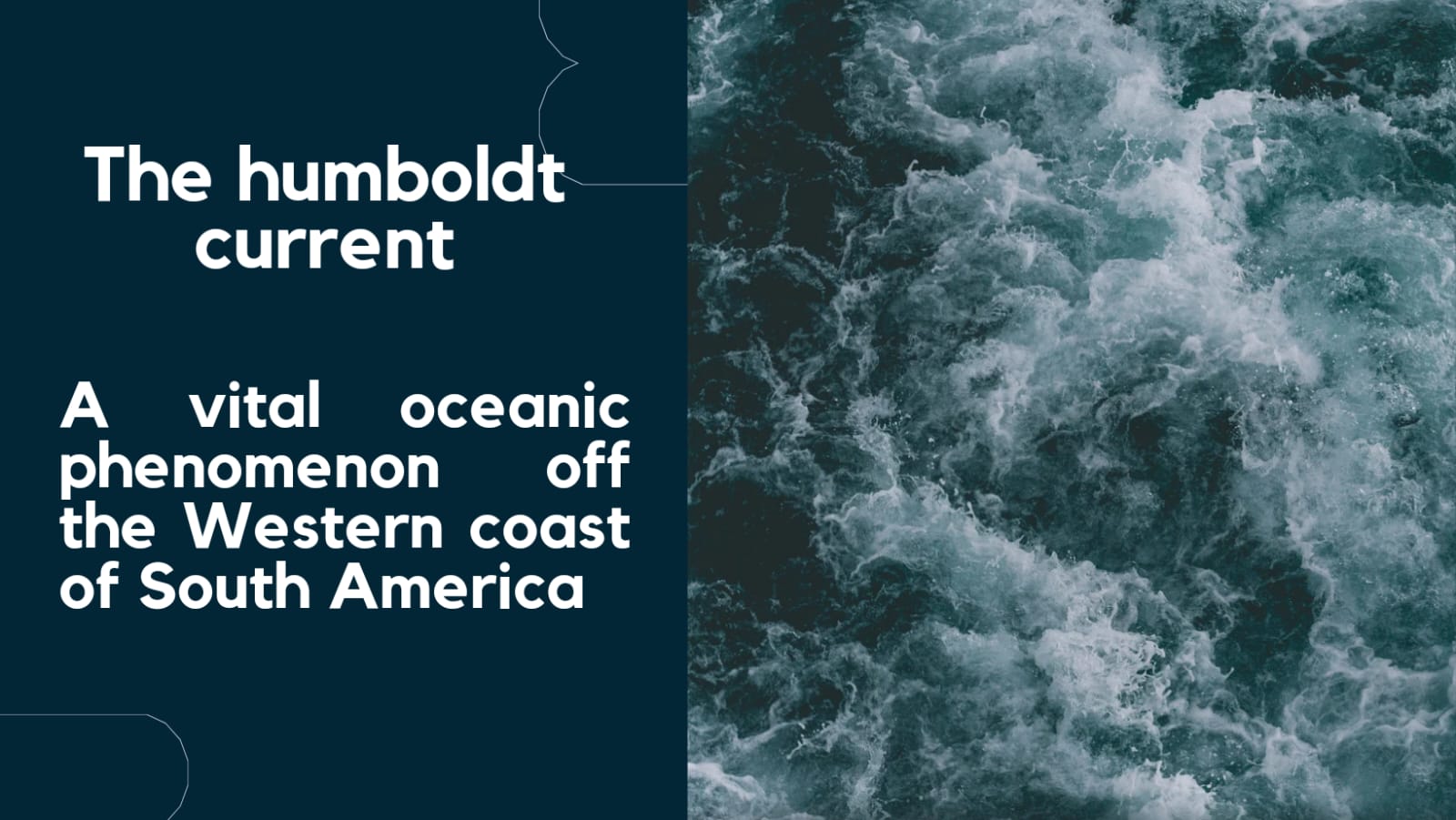The Humboldt Current, also known as the Peru Current, is a cold, nutrient-rich ocean current that flows northward along the western coast of South America. It originates from the southern tip of Chile and extends up to northern Peru. It is named after the German naturalist Alexander von Humboldt, who explored and studied the region in the early 19th century.
Climate Influence and Rich Marine Ecosystems
This current is a significant factor in the region’s climate and marine ecosystems. It brings cold waters from the Antarctic, resulting in cooler temperatures along the coast, which contrasts sharply with the hot desert climate found inland. The cold waters of the Humboldt Current also support a rich marine ecosystem, including abundant fisheries. The upwelling of nutrient-rich waters along the coast leads to high productivity, making it one of the most productive marine ecosystems in the world.
The Humboldt Current also has a major impact on the climate and weather of the regions it flows through. Its cold waters cool the air above it, leading to the formation of low pressure systems and the development of fog and low clouds along the coast. This can result in a cool, cloudy, and rainy climate in the coastal regions of Peru and Chile, which are influenced by the Humboldt Current.
The Humboldt Current has a profound influence on weather patterns, often causing the formation of coastal fog known as the “garúa” in Peru and contributing to aridity in the Atacama Desert. Additionally, it influences regional climate phenomena such as El Niño and La Niña events, which can have significant impacts on weather patterns and marine life both locally and globally.
